After a decade of attempting to modernize the state's archaic political institutions, the people of Rhode Island come to the conclusion that the only way they'll achieve their goals is by leveraging more revolutionary tactics.
26 minutes | 1832 - 1841
Hear About:
📜Why Seth Luther, Thomas Wilson Dorr and working class individuals became so fiercely opposed to Rhode Island's charter government
📜Why the Rhode Island charter failed to adequetely represent the northern, more industrialized towns in the state government
📜What finally inspired the people of Rhode Island to take a more revolutionary approach towards achieveing their political goals
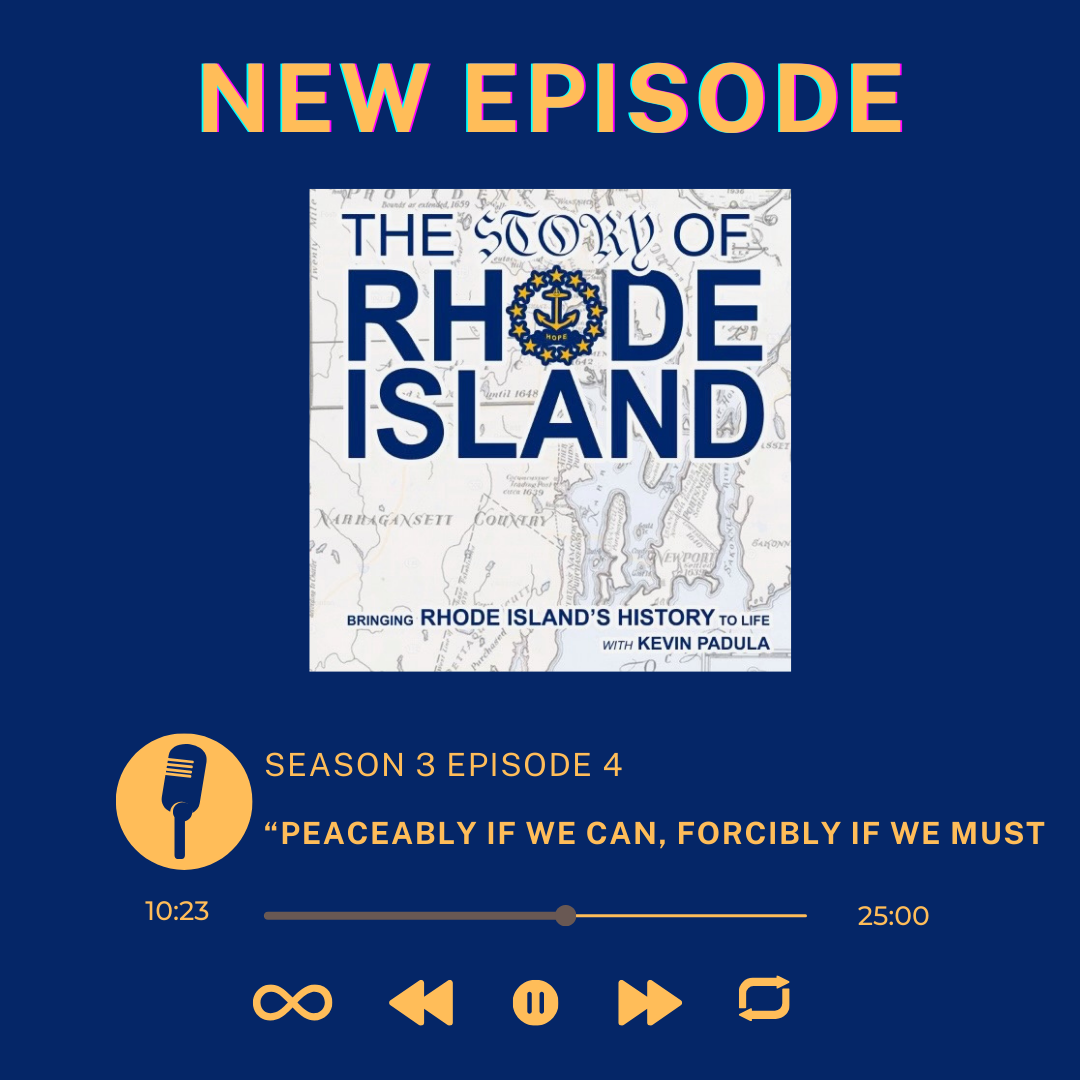
Seth Luther
A "working class rebel" who played a leading role in advocating for the rights of his fellow factory workers.
Elisha Reynolds Potter
Wealthy landholder and a leader of the conservative faction that's hell bent on protecting the charter government.
Thomas Wilson Dorr
Wealthy lawyer who will eventually become the leader of those who want to reform the state government.
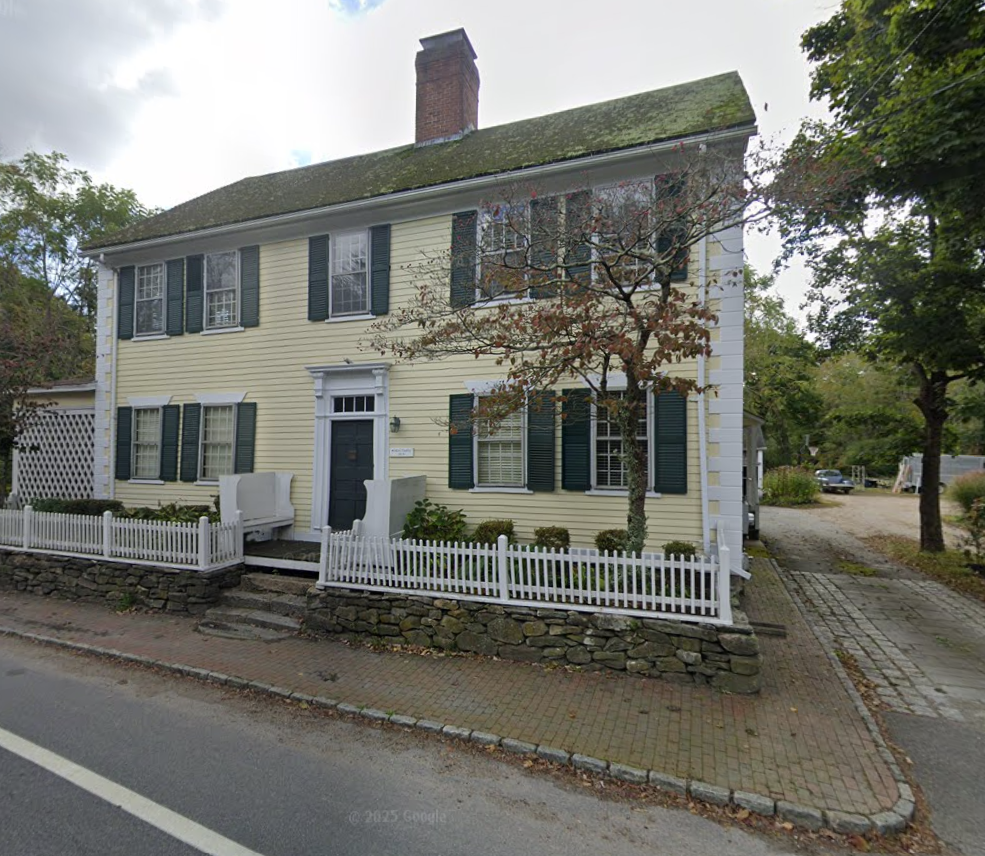
Wilkins Updike House | Kingston, Rhode Island
Wilkins Updike's family lineage couldn't be more opposite to the ones shared by most factory workers. It was Updikes ancestors who owned one of the largest Plantations in New England, the Smith Castle Plantation. However, by the 19th century the glory days of the Narragansett Planters were long gone, leading Updike to sell his share of the Smith Castle plantation and move to the rural village of Kingstown, where he would practice law.
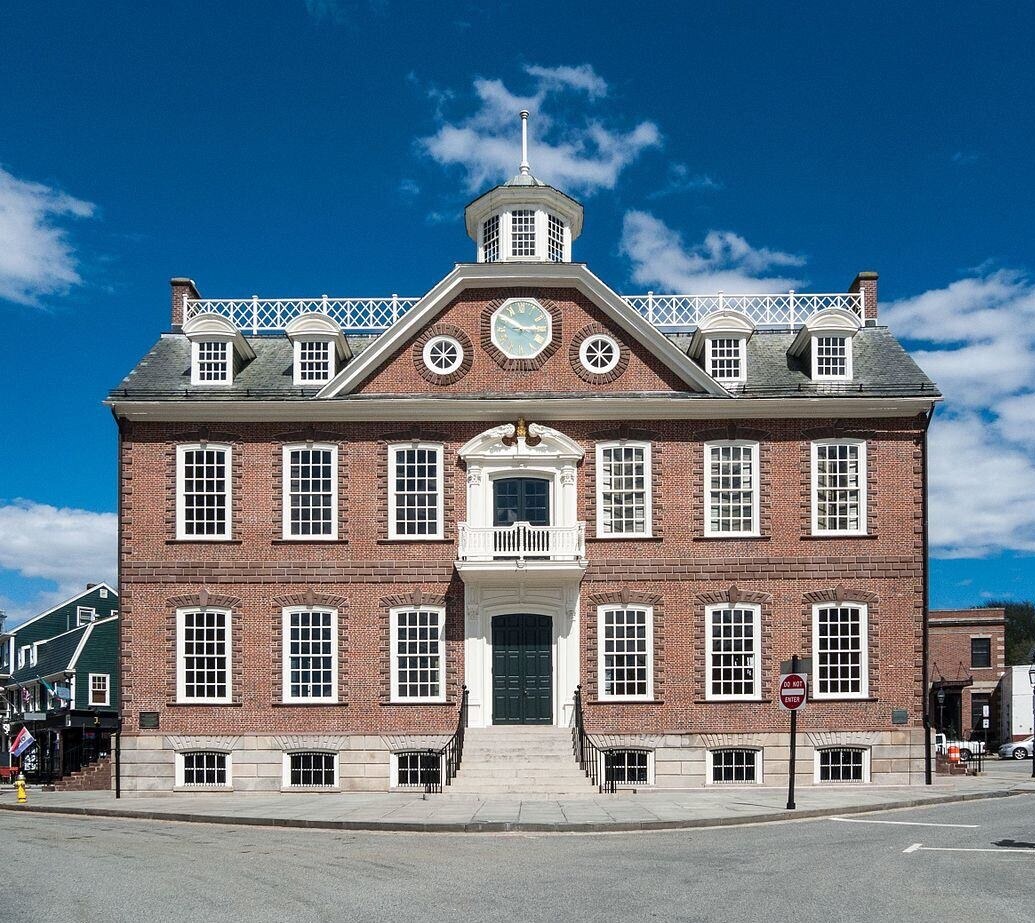
Newport Colony House | Newport, Rhode Island
Built in 1741 when Newport was still one of America's most prosperous seaports, the Newport Colony House was one of the places the Rhode Island General Assembly would meet for legislative proceedings.
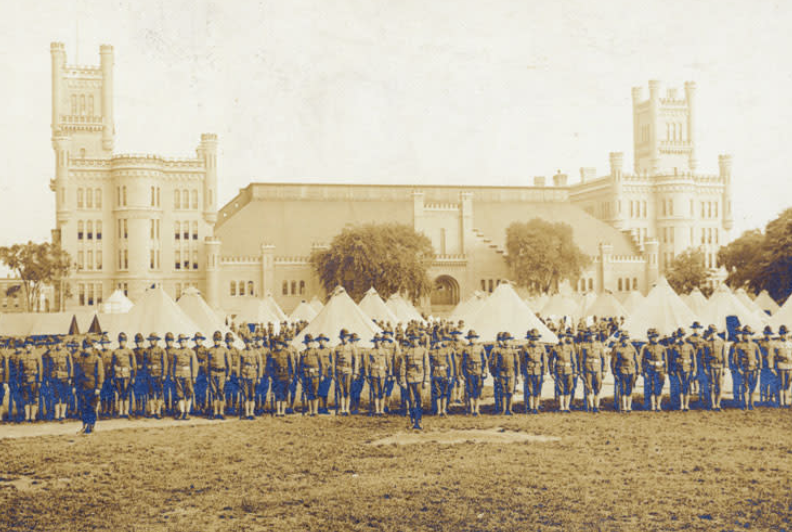
Dexter Training Ground | Providence, Rhode Island
The land that now makes up the Dexter Training Ground was donated to Providence by Ebenezer Dexter in 1824. It would go on to act as a military training field, parade ground, and a place for Rhode Island's Suffrage Association to host speeches and protests.


Unbalanced 19th Century Population Growth
Due to rapid industrialization, Rhode Island's population grew by 154% from 1790 - 1860, however that growth was not evenly distributed throughout the state. Towns located in the northern part of the state (labeled as "expanding towns") grew drastically because of their move to a more industrialized economy. On the other hand, towns in the western and southern part of the state (labeled as "static & declining towns") did not make this shift, causing their population size to either remain stagnant or shrink.
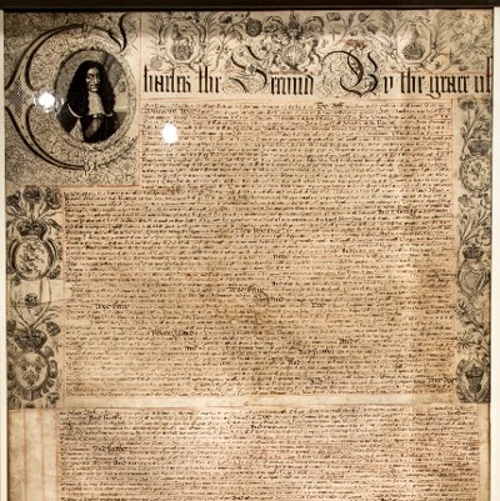
Why Rhode Island's Charter Government was Outdated
Although an incredibly liberal document when created in 1663, Rhode Island's charter was outdated by the early 19th century.
The reasons it was outaded was because it:
1. Still had a real estate requirement for voting
2. Did not apportion representatives based on population size
3. Did not explicity define the power of the Legislature and the rights of the citizens
4. Did not have an independent judiciary


Disproportionate Representation of Towns in the Rhode Island Government
By 1840, the more industrialized towns were home to nearly 60% of the state's population (image 1), however their representatives only made up about 30% of the General Assembly (image 2). This was possible because of how the charter went about apportioning delegates. Each town was given 2 delegates, except for Newport, Providence, Warwick and Portsmouth (original four) who received 6, 4, 4, and 4, respectively. Therefore, since there were 21 less industrialized towns, Newport & Portsmouth being two of them, they were able to accumulate far more representatives.
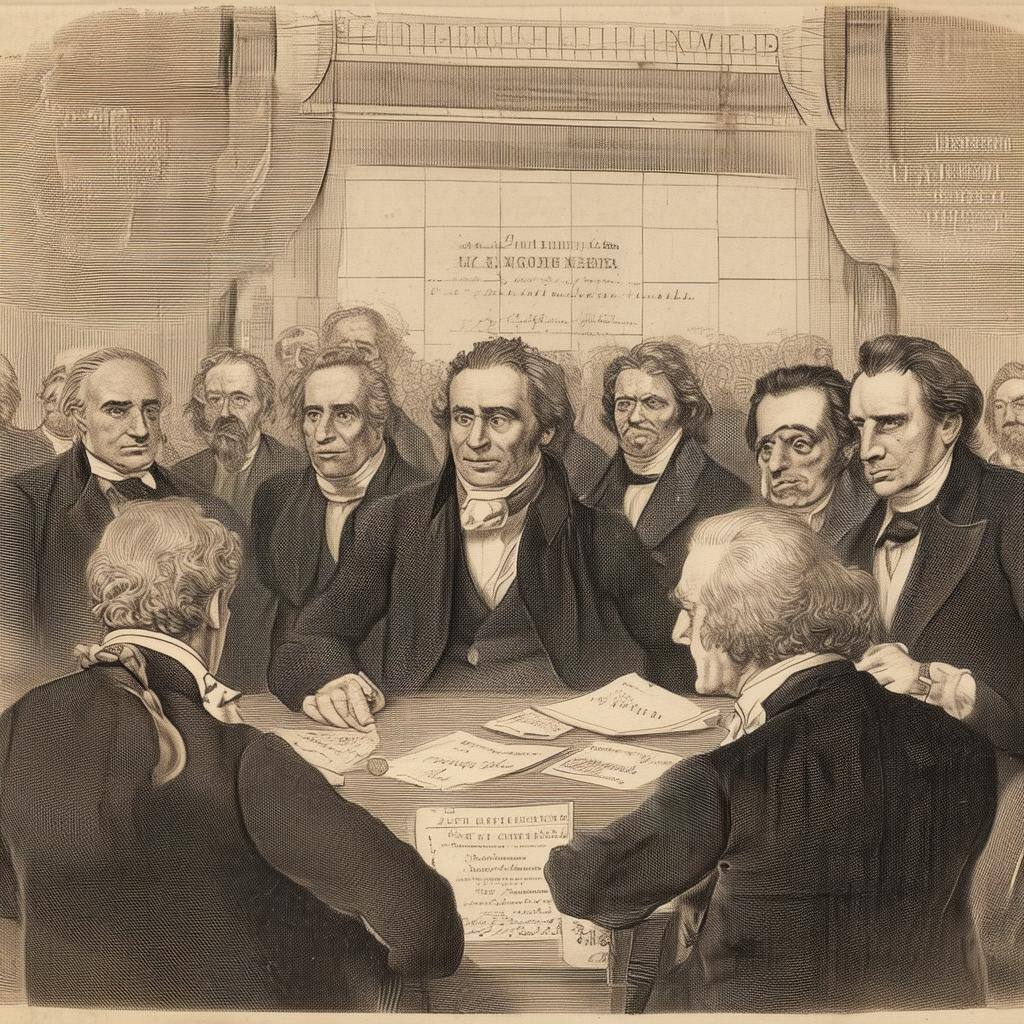
Rhode Island's Previous Failed Constitutional Conventions
Before the birth of the Constitutional Party in the 1830s, there were other Rhode Island statesmen who attempted to replace Rhode Island's charter with a modern constitution. These included; Federalist George Burrill in the 1790s and early 1800s and a failed constitutional convention in 1824.
- The Transformation of Rhode Island, 1790-1860 by Peter J. Coleman
- Peaceably if We Can, Forcibly if We Must: Writings By and About Seth Luther by Scott Molloy, Carl Gersuny, and Robert Macieski
- Rhode Island: A History by William G. McLoughlin
- Democracy in Decline: Rhode Island's Constitutional Development, 1776-1841 by Patrick. T Conley
- The People's Martyr: Thomas Wilson Dorr and His 1842 Rhode Island Rebellion by Eric J. Chaput
- Rhode Island Constitutional Convention History by The Common Cause